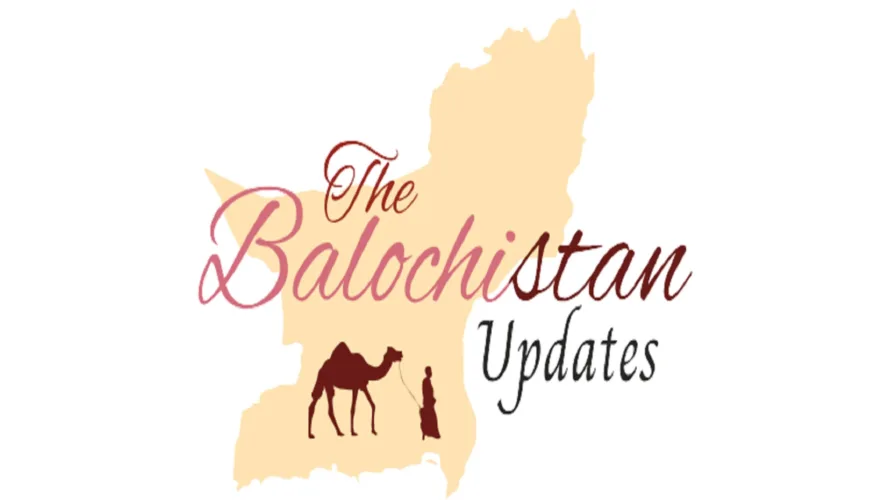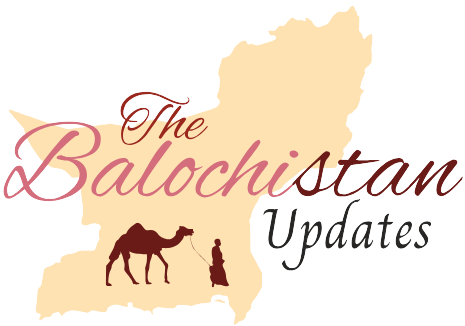
The tragic storyline of Quetta’s decline is a wakeup call for urban planners, policymakers, and citizens alike. It emphasizes the imperative of holistic urban development, where the foundational principles of planning, maintenance, and responsible governance converge. It’s a reminder that the blueprint for a city must not be confined to architectural designs alone; it should encompass strategies for sustainability, community engagement, and vigilant maintenance.
In the archives of urban planning, Quetta, once hailed as a meticulously designed city, now stands as a stark example of how neglect and mismanagement can lead to the decay of even the well-planned urban landscapes. Once a symbol of progress and modernity, Quetta has tragically become a city besieged by an overwhelming tide of civic problems that threaten its very essence.
The haunting presence of solid waste, strewn across public spaces and sidewalks, tells a tale of complacency and a lack of responsible waste management. A city that was once conceived as a model of urban organization now grapples with the aftermath of poor waste disposal practices. The discarded refuse not only tarnishes the aesthetics of Quetta but also endangers public health and the environment. A planned city should have prioritized waste management as an integral part of its blueprint, but somewhere along the way, this fundamental aspect was overlooked.
The roads that were once the arteries of convenience are now riddled with potholes, a harsh reminder of the neglect that has plagued the city’s infrastructure. Residents navigate these deteriorating pathways, their journeys accompanied by jolts and discomfort. It is not just a matter of inconvenience; it’s a reflection of a city’s disregard for the basic needs and comfort of its citizens. A planned city should have, by design, considered the longevity of its infrastructure, yet Quetta’s roads stand as an emblem of decay.
Perhaps the most distressing aspect is the sight of sewage water flowing freely in the streets, a stark reminder of the crumbling sewage infrastructure. The putrid water not only poses a grave health hazard but also symbolizes the erosion of the city’s dignity. Quetta’s descent into this morass of sewage exemplifies the failure to uphold a city’s most basic standards of hygiene and sanitation. In a planned city, such issues should have been foreseen and addressed with foresight and determination.
However, it is not too late for Quetta to reverse its fortunes. A concerted effort involving local authorities, citizens, and responsible governance can breathe life back into the city’s veins. Urgent measures need to be taken to restore the roads, manage waste efficiently, and upgrade sewage systems. But beyond that, Quetta needs a renewed commitment to upholding its status as a planned city, where every element is carefully thought out and maintained for the well-being of its inhabitants.
As we witness the struggles of Quetta, let it serve as a cautionary tale for other cities to not take their planned status for granted. The urban canvas is fragile and requires continuous care and attention. By learning from Quetta’s mistakes, other cities can ensure they don’t fall into the abyss of decay and civic despair. It’s a stark reminder that the destiny of a city lies not only in its blueprint but in the collective efforts of those who call it home.

